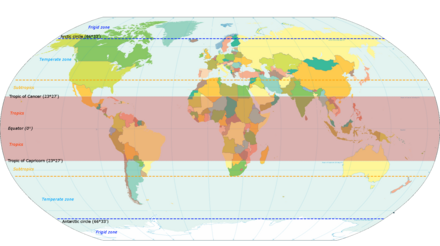President Trump's declaration that the USA would pull out of the Paris Climate Agreement has sent across waves of disappointment. The agreement was a collective , ambitious commitment to to keep global warming well below 2 deg.Celsius.
As early
as 1861 Tyndall, professor of Physics at the Royal Institute detected how human activities could influence atmospheric temperature. A hundred
years later Manabe
and colleagues provided a rigorous quantitative platform. Piers Forster at the
School of Earth and Environment, University of Leeds,U.K highlights the significance of Manabe’s
research work. Watanabe’s group built
robust models of climatic change. To quote from his website “ Earth’s
climate has fluctuated greatly during the geological past. Throughout my
career, past climate changes have posed many challenging questions, which we
have tried to answer using climate models with various complexity.”
Aron Putnam at the School of Earth and Climate Sciences & Climate Change Institute University of Maine together with Wallace Broecker faculty at the Earth & Environmental sciences at the Columbia University studied the rainfall pattern. This is what they say: The first possibility is that rainfall in the tropics will increase and the subtropics and mid latitudes will become more arid. A second possibility is that Earth’s thermal equator , around which the planets’s rain belts and dry zones are organised , will migrate northward. This northward shift will be a consequence of the Northern Hemisphere , with its large continental area , warming faster than the Southern Hemisphere, with its large oceanic area. A third possibility is that both of these scenarios will play out simultaneously.
 |
| Tropical zone highlighted in pink Courtesy: wikipedia KVDP's Own work. |
TAILPIECE
While we are busy with models and predictions, Mother Nature is
quietly at work. Though most of Antarctica is snow covered
uninhabitable place, of late it has been turning green with a crop of moss.
Amesbury and colleagues at the University of Exeter observe that the Antarctican ground
is getting greener for the past 50
years. It looks like as the north gets increasingly uninhabitable, there will be a southward human migration eventually
REFERENCES:
2. Forster,
P: Half a century of robust climate models Nature 545, 296-7 (2017)
3.Manabe & Stricker : Thermal equilibtium of the atmosphere with a
convective adjustment 21, 361-385 4.Manabe & Wehterald : Thermal
equilibrium of the atmosphere with a relative distribution of humidity J. Atmospheric sciences 1967 24(3) 241-259
5. Putnam & Broecker Human induced changes in the distribution of
rainfall Science Advances 31 May , 2017
6. Amesbury et al
Widespread biological response to rapid warming on the Antarctic
peninsula, Curr Biol, 27(11),
1616-1622